From the early days of settlers to modern times, these 13 historical foods in the US have been there through thick and thin. They tell stories of survival, innovation, and change. Some were staples that kept people going during tough times, while others became symbols of celebration and unity. Each one has its own backstory, adding flavor to the American experience.
They’ve nourished soldiers, fueled movements, and brought families together. Whether it’s a humble ingredient or a beloved treat, each one has left its mark on American history. So, grab a seat, and let's discuss the foods that shaped American culture.

Salt Pork

Salt pork played a crucial role in the diet of soldiers during the Revolutionary War. This preserved meat, made by heavily salting pork, could be stored for long periods without refrigeration, making it an essential provision for the Continental Army. Salt pork was often boiled or used in stews to supply sustenance during long campaigns. Its high-fat content and durability made it an invaluable resource in an era when fresh meat was scarce. Salt pork's significance extends beyond the battlefield, as it was a common food in early American households.
TV Dinners
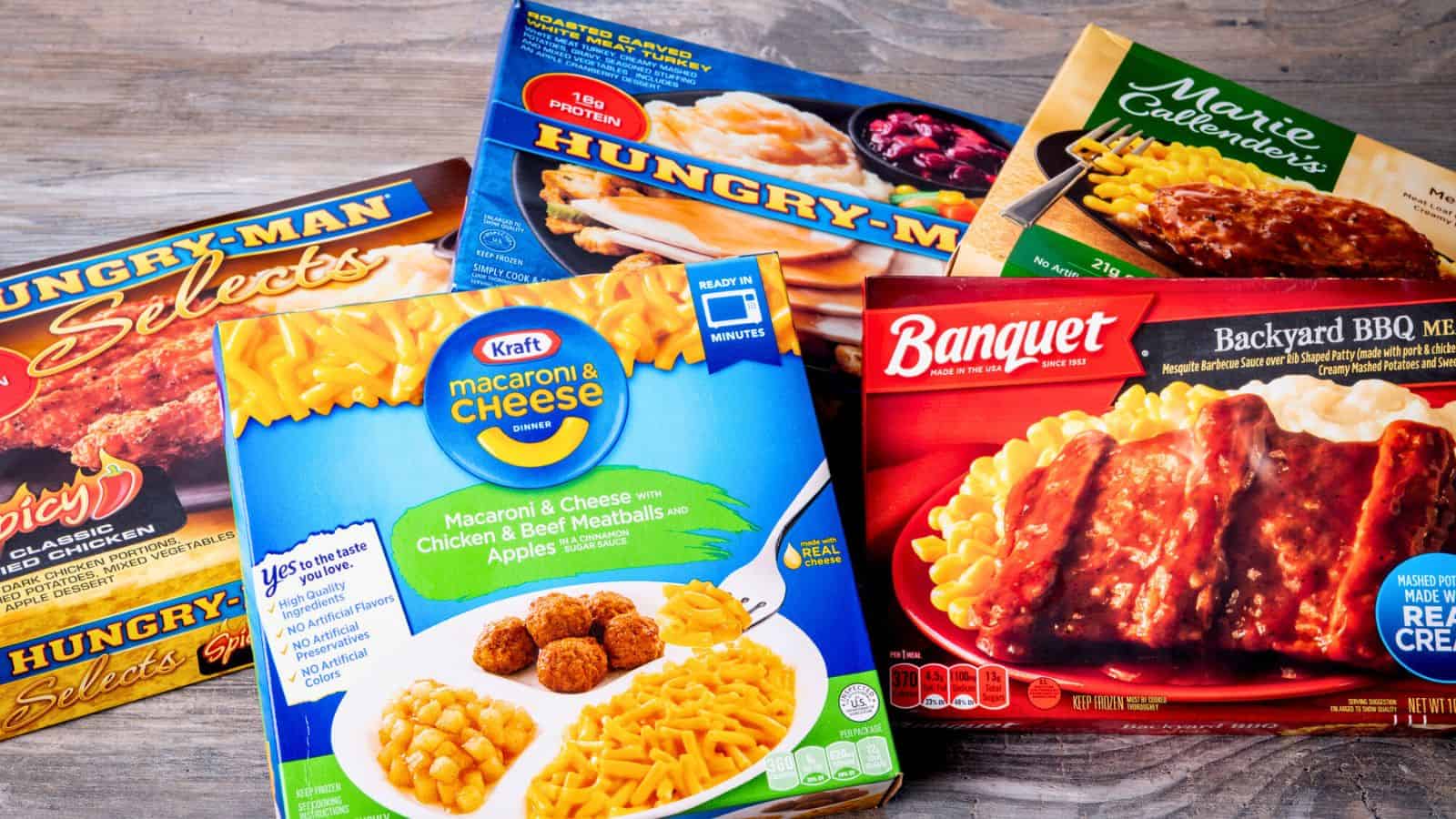
Introduced in the 1950s, TV dinners quickly became a symbol of post-war American lifestyle. These pre-packaged, frozen meals were considered a convenient and modern dining experience that fit into the busy lives of American families. The Swanson company popularized TV dinners with their turkey meal, which included sides like mashed potatoes and peas. Families could enjoy a meal while watching television, reflecting the growing influence of TV on American culture. TV dinners revolutionized the food industry and paved the way for the wide variety of frozen meals available today.
Chicken Nuggets

Introduced by McDonald's in the 1980s, chicken nuggets quickly became a staple of fast food culture. These bite-sized pieces of breaded and fried chicken are a convenient and appealing option for busy families and individuals. Their popularity led to widespread adoption by other fast food chains and home-cooked versions. Chicken nuggets symbolize the rise of convenience foods in American diets and reflect broader trends in food consumption, including the demand for quick, easy-to-eat meals. They remain a favorite among children and adults alike, highlighting their lasting impact on fast food.
Boston Baked Beans

Boston baked beans have a rich history dating back to the colonial era, particularly in New England. This dish consists of beans slow-cooked with molasses and salt pork, creating a sweet and savory flavor. It became a staple in Boston due to the city's access to molasses from the Caribbean and the abundance of locally grown beans. The dish was often prepared on Saturdays and left to cook overnight, making it a hearty meal for Sunday. Boston baked beans remain a beloved dish, reflecting the region's historical culinary traditions.
Corn

Corn, also known as maize, was a fundamental crop for Native American tribes long before European settlers arrived. It was not only a staple in their diet but also played a significant role in their agricultural practices and cultural rituals. Early European settlers quickly adopted corn as a crucial food source, learning various cultivation and preparation techniques from Native Americans. Corn's versatility allowed it to be used in a variety of dishes, from cornmeal to cornbread, and it remains a staple in modern American cuisine.
Victory Gardens Produce

Encouraged during both World Wars, "Victory Gardens" allowed Americans to grow their own vegetables to support the war effort. These gardens helped alleviate food shortages and boosted morale by enabling citizens to contribute from home. Vegetables were planted in backyards, vacant lots, and public spaces, producing crops like tomatoes, beans, and carrots. The movement not only resulted in fresh produce but also fostered a sense of community and self-sufficiency. The legacy of Victory Gardens continues to inspire urban gardening initiatives today.
Turkey

Turkey is famously associated with the Pilgrims and the first Thanksgiving in 1621. This bird was native to North America and was hunted by Native Americans long before European settlers arrived. The Pilgrims and Native Americans shared a feast that included turkey, which has since become a symbol of Thanksgiving celebrations. Today, turkey is often the centerpiece of Thanksgiving meals across the United States, representing a tradition of gratitude and communal sharing that dates back to the early days of American history.
Oysters
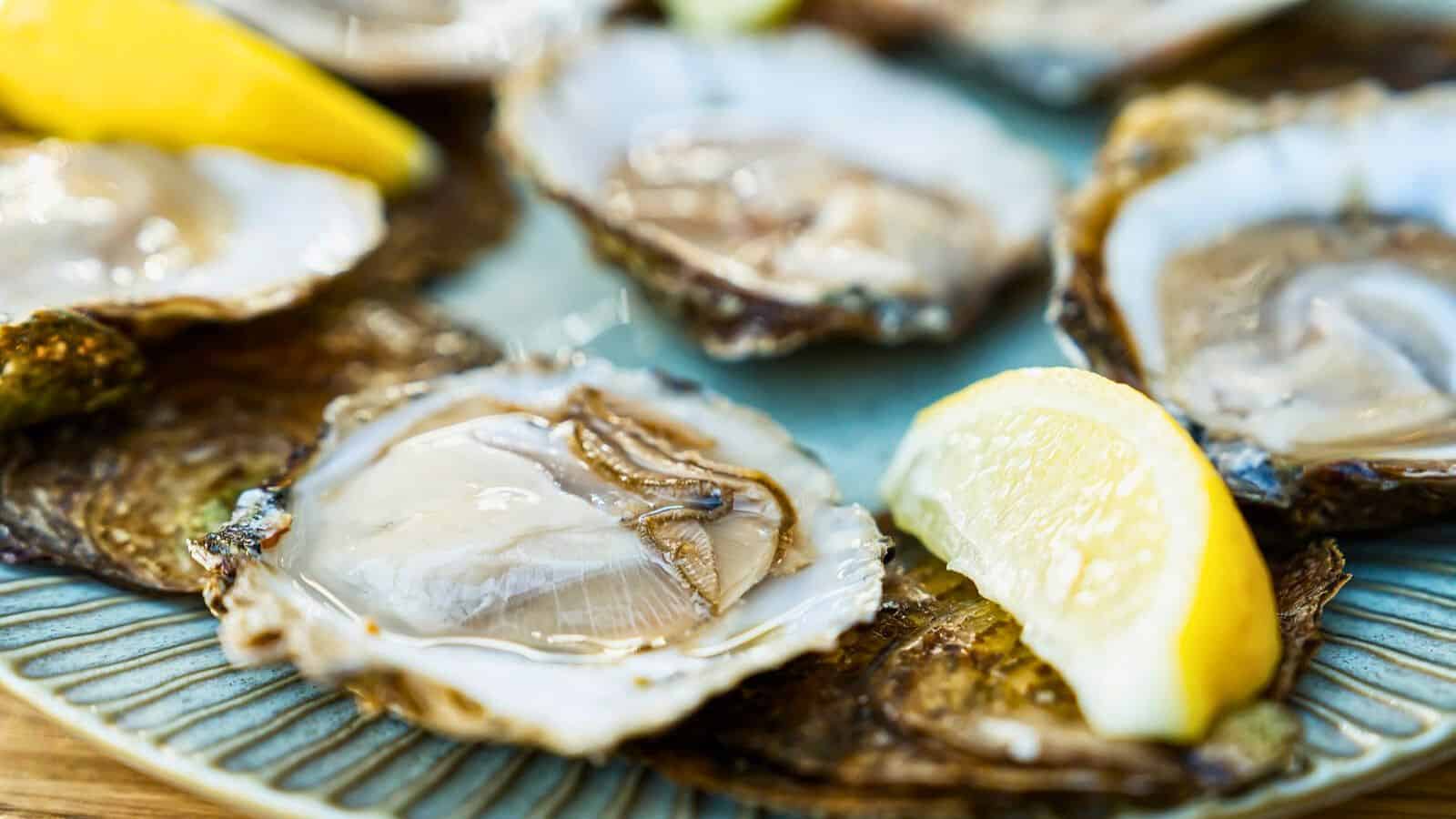
Immensely popular in the 19th century, oysters were a staple in urban areas like New York City. Abundant and affordable, they became common street food enjoyed by people from all walks of life. Oyster cellars and saloons served as social hubs where this seafood was savored. The oyster industry thrived, with local waters supplying the demand and shipments reaching various parts of the country. This popularity led to the creation of iconic dishes such as oyster stew and Rockefeller oysters. Today, oysters remain a cherished delicacy with a rich historical legacy.
Peanuts

Promoted by George Washington Carver in the early 20th century, peanuts became a significant crop in the South and an important part of American agriculture. Carver developed numerous uses for peanuts, ranging from food products to industrial applications, helping to revitalize Southern farming. Peanuts were a nutritious and versatile food source, leading to popular products like peanut butter. Today, peanuts remain a staple in American diets and are celebrated in various forms, from snacks to culinary dishes, reflecting their enduring impact on both agriculture and cuisine.
Spam

Widely consumed by American soldiers during World War II, Spam, a canned meat product made from pork, was a reliable source of protein in challenging conditions due to its long shelf life and portability. After the war, it continued to be popular in American households, becoming a cultural icon. In Hawaii and other Pacific islands, Spam was integrated into local cuisines, resulting in unique dishes like Spam musubi. Its role in wartime and post-war America underscores its lasting impact on American food culture.
Hardtack

Hardtack is a type of dry, hard biscuit that was a common ration for soldiers during the Civil War. Made from flour, water, and sometimes salt, hardtack was inexpensive and could be stored for long periods without spoiling. Soldiers often referred to it as "tooth dullers" or "sheet iron crackers" due to its toughness. Despite its unappetizing nature, hardtack was an essential sustenance during long marches and battles. It was often soaked in water or coffee to make it more palatable. Hardtack remains a symbol of the hardships faced by Civil War soldiers.
Tofu
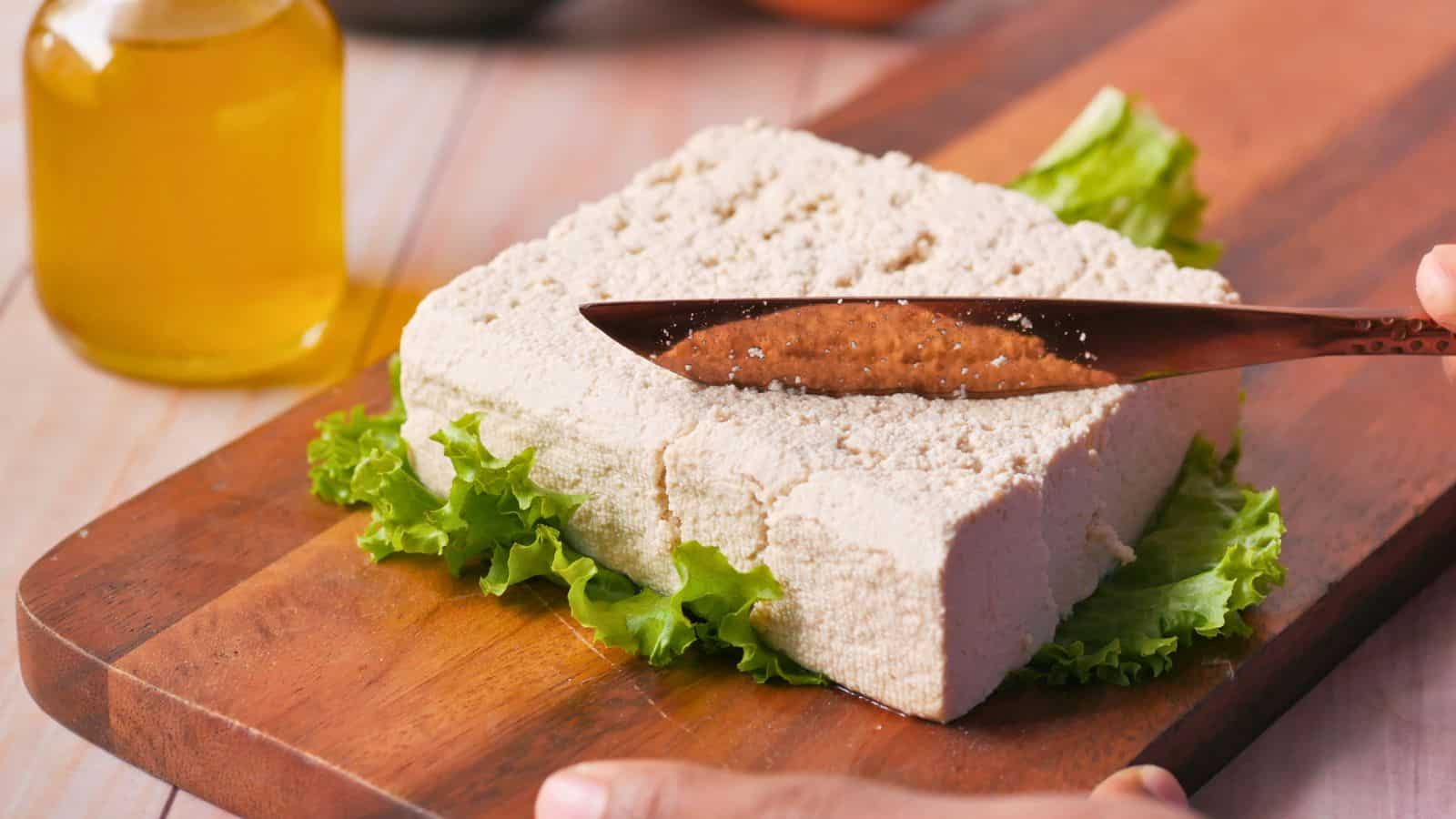
Gaining popularity in the U.S. during the health food movement of the 1960s and 1970s, tofu reflected a growing interest in vegetarian and Asian cuisines. Made from soybeans, tofu is rich in protein and is a versatile ingredient for a variety of dishes. It became a favorite among those seeking healthier and more sustainable food options. Tofu's adaptability allows it to be used in everything from stir-fries to desserts, making it a staple in many diets. Its rise in popularity underscores a broader cultural shift towards diverse and health-conscious eating habits.
Moon Pies

Gaining popularity in the South during the early 20th century, Moon Pies became closely associated with the labor movement. This treat, consisting of marshmallow filling sandwiched between two graham crackers and coated in chocolate, was an affordable and portable snack for coal miners. The pies were a quick source of energy and became a beloved part of Southern culture. Moon Pies are still enjoyed today, often featured in celebrations like Mardi Gras, where they are thrown from parade floats, symbolizing a long-standing tradition of community and festivity.
History on a Plate!

So there you have it, a tasty trip through time with 13 historical foods in the US. These dishes aren't just about what’s on the plate; they’re about the stories and moments that have shaped our nation. From the early days of survival and innovation to modern celebrations and traditions, each food has played its part in the American narrative.
Next time you bite into one of these foods, take a moment to appreciate the history behind it. Whether it's a simple staple or a festive treat, each one connects us to the past in a meaningful way. Food is a great way to understand our heritage and the journey we've been on as a country. So, keep exploring, keep tasting, and keep celebrating the incredible stories behind these 13 historical foods in the US.
American Favorites That Europeans Would Rather Skip
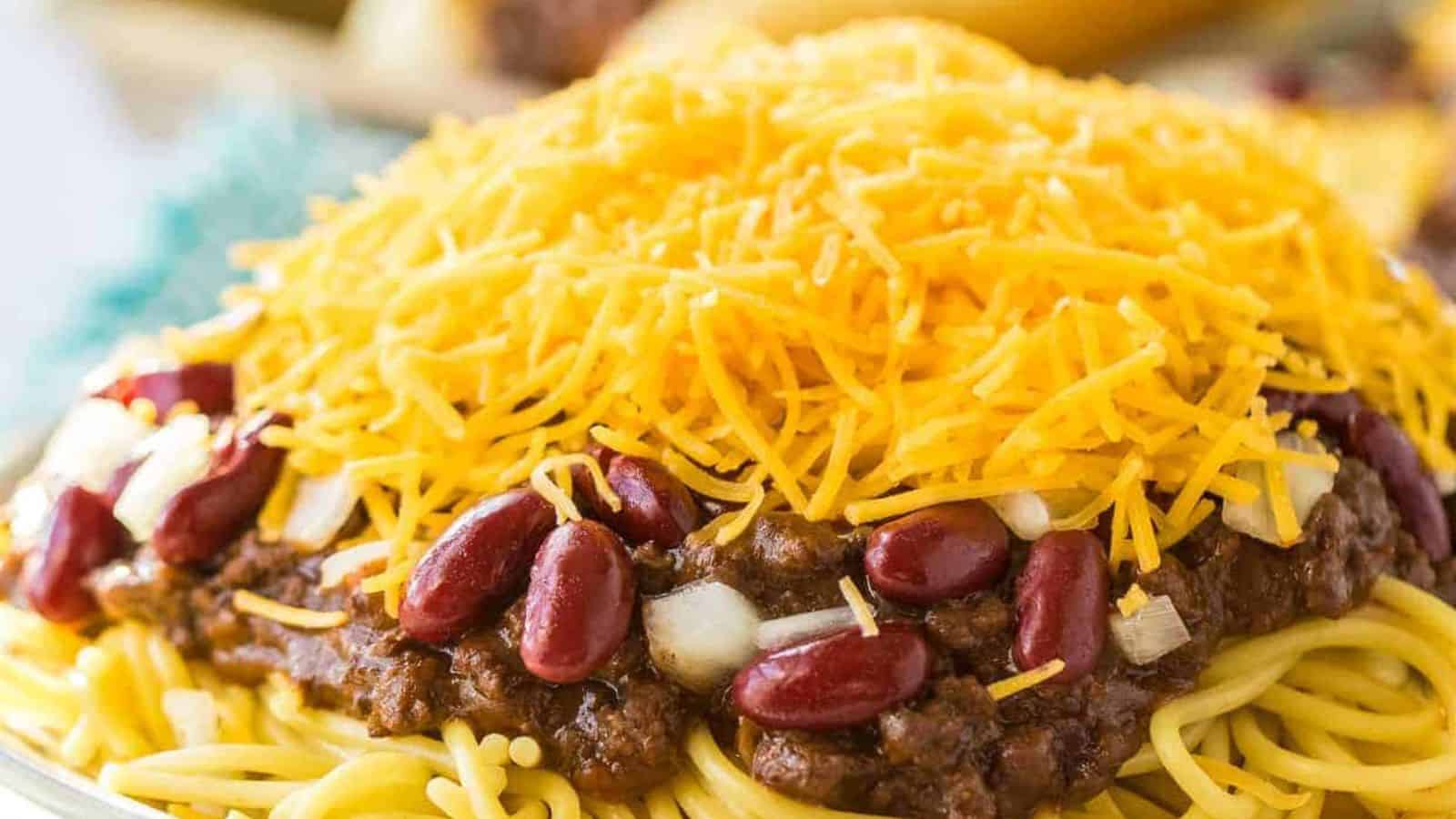
American food has a way of surprising and sometimes confusing people from other parts of the world. With bold flavors, unexpected combinations, and a nostalgic edge, some U.S. classics just don’t translate well across the Atlantic. These 15 dishes are beloved staples for many Americans, but for Europeans, they can often spark a mix of curiosity and hesitation. Let’s take a closer look at the recipes that showcase the quirky and unapologetic spirit of American cuisine.
Read it Here: 15 American Favorites That Europeans Would Rather Skip
Over-the-Top American Recipes You Need to Try to Believe

American food has a way of pushing boundaries, and these 19 recipes prove it like no other. From bold flavors to unexpected combinations, they’re anything but ordinary and demand your attention. Whether you’re craving something over-the-top for a family dinner or just curious to try something new, this list delivers in a big way. These dishes are so uniquely American, you’ll have to try them to believe they actually exist.
Read it Here: 19 Over-the-Top American Recipes You Need to Try to Believe

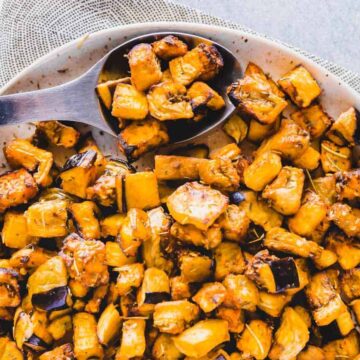


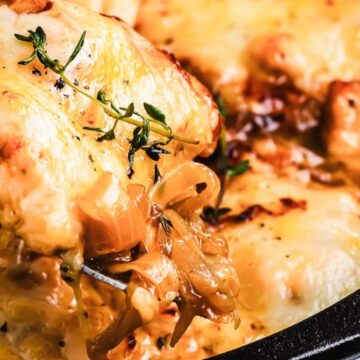

Tell Me What You Think!